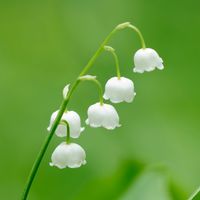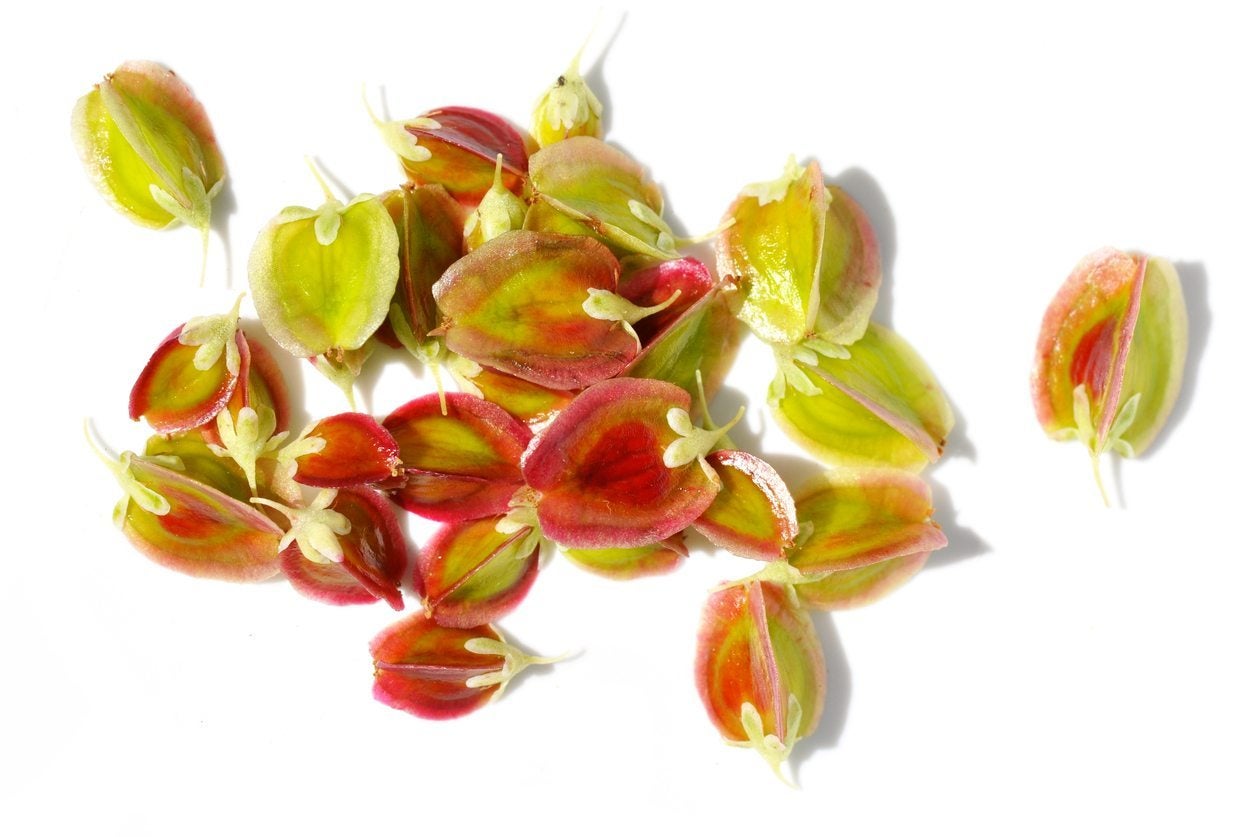Rhubarb Seed Growing: Can You Plant Rhubarb From Seeds


So, you’ve decided to plant some rhubarb and are in a quandary about what method of propagation is best. The question, “can you plant rhubarb seeds,” may have crossed your mind. Before you get too committed, let’s make sure it’s the right move for you.
About Rhubarb Seed Growing
If I ask you to envision rhubarb pie and rhubarb crumble, what is your response? If you’re salivating and just chomping at the bit, then you may want to rule out growing rhubarb from seed. Seed grown rhubarb actually takes a year longer or more to produce stalks than rhubarb grown from crowns or plant divisions. At a minimum, you will be waiting two years for a decent harvest. Also, if a specific rhubarb variety appeals to you based on characteristics such as stem thickness, stem length, vigor or color, then you would be advised against growing from seed, as you may end up with a plant that doesn’t retain all these coveted attributes from the parent plant. However, if these are not issues for you, then you will definitely want to know how to grow rhubarb plants from seed! So, first off, can you plant rhubarb seeds? Why, yes you can! There is a widespread consensus that rhubarb seed growing should be initiated indoors for the best chances of success. When you plant your seed largely depends on your plant hardiness zone. Those in zones 8 and below will be planting rhubarb seeds in the spring with the intention of growing it as a perennial. Gardeners living in these zones will need to determine their final frost date, as they will want to start seeds indoors eight to ten weeks prior to that date. Those in zones 9 and above will be planting rhubarb seeds in late summer to early fall with the intention of growing it as an annual. It can only be grown as an annual in these zones because rhubarb, a cool season crop, does not thrive in really hot weather.
How to Grow Rhubarb Plants from Seed
When it’s time to start seed, soak your seeds in warm water for a few hours prior to planting as this will help to boost germination rates. Gather up some 4 inch (10 cm.) pots, place them in a bright indoor spot and fill them with a good quality potting soil. Plant two seeds per pot, about a ¼ inch (6 mm.) deep. Seedlings should sprout within twwo to three weeks. Keep the soil evenly moist but not saturated. When the plants reach 3 or 4 inches (8-10 cm.) tall, they are ready to be planted outdoors after a weeklong period of hardening off. For those in zones 8 and below, the target date to plant outdoors is approximately two weeks prior to the last frost when outside temperatures do not dip below 50 degrees F. (10 C.) at night and at least peak around 70 degrees F. (21 C.) during the day. Prepare a garden bed for the rhubarb that is well draining, rich in organic matter, and in an ideal location based on your hardiness zone. Rhubarb can be planted in full sun for those residing in zones 6 or lower, but those in zones 8 and above will want to seek out a location that receives afternoon shade during the hottest months. Try to maintain a spacing of 3 to 4 feet (1 m.) between your planted seedlings and 5 to 6 feet (1.5-2 m.) in between rhubarb rows. Rhubarb seems to grow better when it is given ample growing room. Keep the rhubarb plants well-watered by maintaining consistently moist soil. The use of chemical fertilizers is not recommended during the first year of growth nor is it completely necessary if the rhubarb is planted in organically rich soil as advised.
Sign up for the Gardening Know How newsletter today and receive a free copy of our e-book "How to Grow Delicious Tomatoes".

Shelley Pierce was a writer for Gardening Know How, contributing to hundreds of articles for the site.